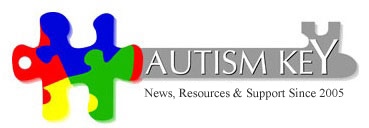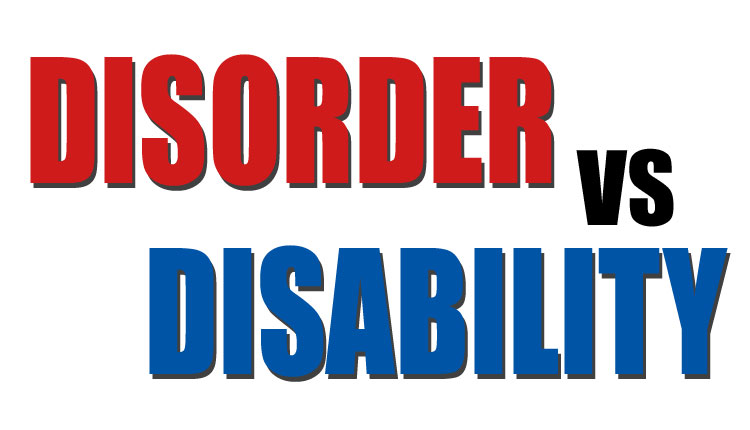Autism: A Disability or Disorder?
As we all know, the vaccine-autism debate can often be as virulent as the diseases the vaccines are intended to prevent. But equally as rancorous is the debate of whether autism is a disability or a disorder.
The question cuts to the heart of issues from allocation of funding to how individuals with autism want to be perceived by the world.
By definition, a disorder is a set of symptoms or undesirable traits separate from the person who has them. A disorder has no rights under the Department of Disabilities Act (DD Act) or any other legislation. A disorder must be prevented, fought, eradicated and is typically spoken of in highly negative and combative terms.
A disability, however, grants personhood and legitimacy to the person who has one. The DD Act presumes that a person with a developmental disability has the right to self-determination, inclusion in the community, as well as care and treatment that maximizes the potential of that person with the disability. It specifies that no person with a disability can be subject to a greater risk of harm than to any other person in the general population. Protections for the disabled are offered via the Protection and Advocacy (P&A) system.
There is a huge philosophical divide in the use of the two terms.
Autism Speaks, the fundraising powerhouse, comes down on the side of autism being a disorder. While the organization enjoys a great reputation, many people were highly offended by their “I am Autism” video that was released several years ago and some questioned their motives in producing it.
The spot created a PR headache for the organization, drawing the ire from many in the neurodiversity movement and elsewhere. The video also gave rise to parodies such as “I am Autism Speaks” and "I am Socks."
Standing in sharp contrast to Autism Speaks is The Autism Self Advocacy Group (ASAN) headed by Ari Ne’eman, President Obama’s appointee to the National Council on Disabilities. Mr. Ne’eman has Asperger’s Syndrome and many people vehemently objected to his appointment because of his professed desire to treat autism as a civil rights issue of honoring “neurodiversity." ASAN’s motto is “Nothing About Us, Without Us” and they are unhappy that Autism Speaks does not employ anyone with autism within their organization.
The website for ASAN is eye-opening. I found them to be opposed to legislation that I thought had sounded like a good idea. For instance, giving “wandering” a diagnostic code to draw more attention to the problem seemed like a no-brainer. But ASAN points out that no one deems wandering to a be a medical condition and a specific medical diagnosis could have the unintended effect of institutions proactively constraining and restraining individuals who might wander. In effect, the code would create an excuse for abuse in schools and residential institutions. As far as alerting rescuers to a missing person, they contend that using the Amber Alert system would be as or more effective than creating a diagnostic code. ASAN’s perspective is useful in terms of them always being alert for the implications of legislation upon the civil rights of those who have developmental disabilities and I have found their opinions enlightening.
Personally, I think the range of people’s opinions on disability vs. disorder is going to be as broad as the autism spectrum itself. While I fully understand the desire to cure autism, to me it’s a slippery slope. My fear is that concentrating on finding a cure will lead to future abortion of fetuses deemed to be autistic and that would be a tragedy in and of itself.
As the mother of teens with autism, I am profoundly disappointed in the public school system’s ability to address their needs and worry about how they will fare as young adults. Quality of life naturally take precedence in my mind.
However, each person’s autism story and experience will certainly shape their outlook and worldview on the issues that divide us and simultaneously hold the key to us finding common ground.

